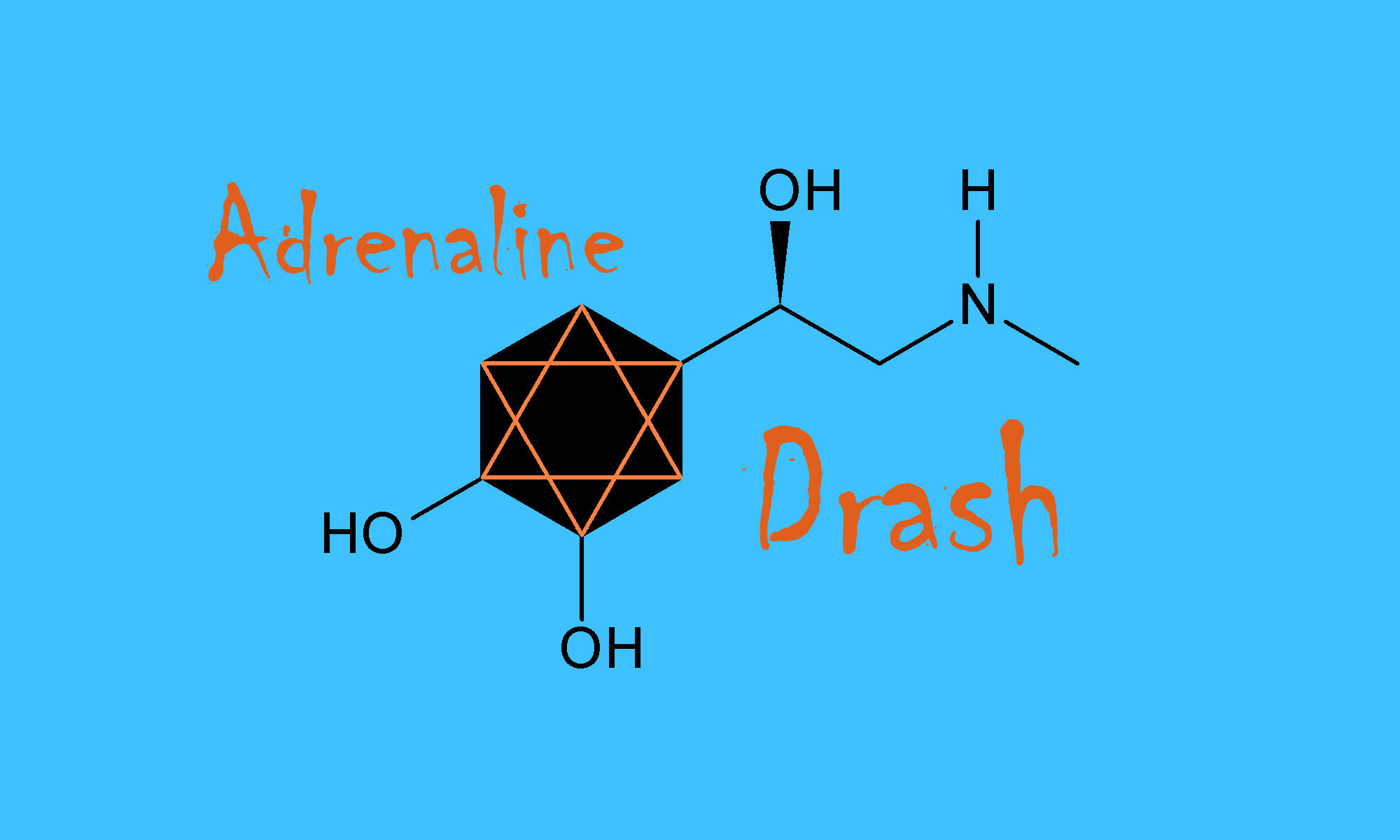 Studying Torah begins and ends with a sweet realization: These texts reveal new truths at each reading. The ancient authors of Torah knew that creating multiple possible realities was the very purpose of storytelling.
Studying Torah begins and ends with a sweet realization: These texts reveal new truths at each reading. The ancient authors of Torah knew that creating multiple possible realities was the very purpose of storytelling.
Last week, our congregational Torah study group occupied itself with Parsha Mishpatim, which includes the famed Book of the Covenant. The Book of the Covenant, so scholars, likely began as a separate law code which was later integrated into a larger narrative composed by several different writers.
Personally, I think we’d be better off naming our writers “schools,” since the respective strands of text were themselves subject to internal revision before they were all redacted and re-redacted in later centuries. But scholars are notoriously wedded to their terminology. Hence, they call them the J,E,P, and D-writers, nodding in the general direction of a fifth R-writer for “redactor.” In this case, the E-writer (I’d say E-school) is given credit for assimilating the Book of the Covenant into the E-narrative in Torah.
Has everyone fallen asleep?
Please don’t. The fact that ancient Israelites wrote and retained different versions of certain stories (Genesis 1 and Genesis 2-3 are the paradigmatic example) is proof positive that there was no one authoritative account for all Israelites even in the old days. Some of Torah even “corrects” other parts. Example? Just check out the way the pashal lamb is, according to Exodus 12:9, to be roasted. The same pashal lamb is to be boiled, according to Deuteronomy 16:7. Chronicles 35:13 offers an ingenious resolution to the apparent dichotomy: The lamb should be roasted after being boiled. The Chronicler was bothered by discrepancies in the two earlier accounts and reconciled them with a brand-new recipe.
Our ancient forbears preserved variant traditions even when they contradicted each other. That fact grants us the right to our multiple interpretations: Torah is a flowing, changing, living thing because both then and now the people of that book understood their narratives, their law codes, and their ideas to be subject to change.
That, I believe, is a very good thing. It has all sorts of wonderful implications. We can (and have) put women in the rabbinate. We can (and have) included GLBT Jews as members of our clergy. We can…
Well. The study group spent some quality time looking at the laws of the Book of the Covenant. We discussed how the law code aimed to protect property, land, and justice. Ancient Israelites were warned not to accede to a majority opinion rather than tell the truth. If required to give testimony, they were reminded neither to favor the wealthy nor the poor. There’s a lot in Parsha Mishpatim that can make Jewish folk proud of their ancestors.
There’s a lot to struggle with, too, just as ancient Israelites must have done. Take the literal possibilities of “an eye for an eye” (Ex. 21: 23-4). There is no example in Tanakh of this law being applied, which strongly suggests that our ancestors didn’t take this passage literally even way back then. Still, my Torah study group sadly noted the ways Exodus 22:17, “You shall not allow a witch to live” was used in later centuries to justify persecution and murder on a grand scale – in some time periods, against Jews.
At the end of our time together, I asked everyone to look again at the final passage of the parsha. Moses, the text tells us, ascends the mountain together with Aaron and his two sons, and seventy elders. There they see the God of Israel, under whose feet is the likeness of a lapis lazuli stone surface, the very image of the sky in clarity and purity. Miraculously, God did not raise God’s hand against the all-too-human beings who dared appear where divinity could be seen. Instead, the Torah tells us: “They beheld God and they ate and drank” (Exodus 24:11).
Most English translations of this passage do not do the Hebrew justice. The verb used here for “seeing” is formed from the root chet-zayin-hey. Khazah does not mean, simply, “see.” It implies visioning. A khozeh is a seer. A khazon is a vision. Those who were on that mountain visioned God, envisioned God, or had a vision of God.
Afterwards, they ate and drank.
I asked our study group to recall a time when they experienced Godness of some sort, to re-imagine a moment of divinity so powerful it simultaneously commandeered and sustained everything around them, including themselves.
We are mere mortals, despite (or perhaps because) of our dreams. Must visionary experience inevitably give way to the everyday realm of assiyah, of doing? Must we eat and drink to remind ourselves of our mortality after an encounter with immortality, after entering the realm of atzilut?
Or did those who beheld God take in the vision by drinking in the experience, by nourishing themselves with the divine so that they could be changed utterly, body and soul?
God’s feet, the text says, rested on a foundation of sapphire. Sapir recalls, for the Hebrew reader, a word made of the same essential letters: Samech-pey-reish is a root used for “counting,” “relating,” and “writing.” A sofer is a scribe. A sefer is written text, a book. The linguistic presence of these near homonyms in my mind made me ask the others: Was God standing on our story, on the narratives we have revered and struggled with for centuries? The Tanakh is, after all, the foundation on which we build and rebuild our understanding of Godness.
So we ended our discussion where we began: The Book of the Covenant, the law, the Torah, the Tanakh – it is sourced in many voices, many readings, many possibilities. What is godly stands, in significant measure, on that fact.
